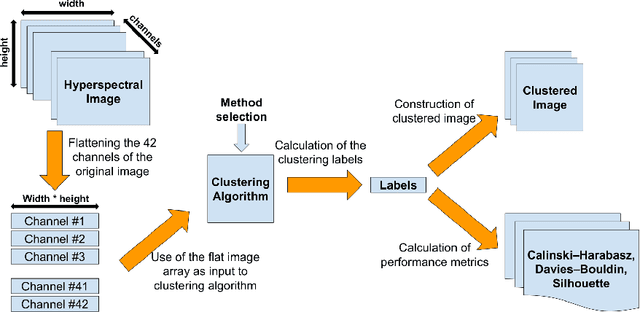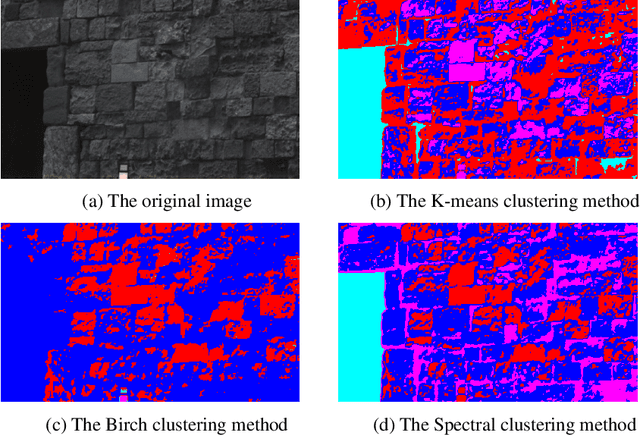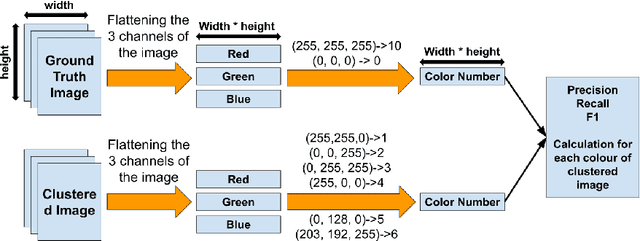Ioannis N. Tzortzis
Learning using privileged information for segmenting tumors on digital mammograms
Feb 09, 2024Abstract:Limited amount of data and data sharing restrictions, due to GDPR compliance, constitute two common factors leading to reduced availability and accessibility when referring to medical data. To tackle these issues, we introduce the technique of Learning Using Privileged Information. Aiming to substantiate the idea, we attempt to build a robust model that improves the segmentation quality of tumors on digital mammograms, by gaining privileged information knowledge during the training procedure. Towards this direction, a baseline model, called student, is trained on patches extracted from the original mammograms, while an auxiliary model with the same architecture, called teacher, is trained on the corresponding enhanced patches accessing, in this way, privileged information. We repeat the student training procedure by providing the assistance of the teacher model this time. According to the experimental results, it seems that the proposed methodology performs better in the most of the cases and it can achieve 10% higher F1 score in comparison with the baseline.
Automatic inspection of cultural monuments using deep and tensor-based learning on hyperspectral imagery
Jul 05, 2022


Abstract:In Cultural Heritage, hyperspectral images are commonly used since they provide extended information regarding the optical properties of materials. Thus, the processing of such high-dimensional data becomes challenging from the perspective of machine learning techniques to be applied. In this paper, we propose a Rank-$R$ tensor-based learning model to identify and classify material defects on Cultural Heritage monuments. In contrast to conventional deep learning approaches, the proposed high order tensor-based learning demonstrates greater accuracy and robustness against overfitting. Experimental results on real-world data from UNESCO protected areas indicate the superiority of the proposed scheme compared to conventional deep learning models.
Evaluating the Usefulness of Unsupervised monitoring in Cultural Heritage Monuments
Jul 02, 2021



Abstract:In this paper, we scrutinize the effectiveness of various clustering techniques, investigating their applicability in Cultural Heritage monitoring applications. In the context of this paper, we detect the level of decomposition and corrosion on the walls of Saint Nicholas fort in Rhodes utilizing hyperspectral images. A total of 6 different clustering approaches have been evaluated over a set of 14 different orthorectified hyperspectral images. Experimental setup in this study involves K-means, Spectral, Meanshift, DBSCAN, Birch and Optics algorithms. For each of these techniques we evaluate its performance by the use of performance metrics such as Calinski-Harabasz, Davies-Bouldin indexes and Silhouette value. In this approach, we evaluate the outcomes of the clustering methods by comparing them with a set of annotated images which denotes the ground truth regarding the decomposition and/or corrosion area of the original images. The results depict that a few clustering techniques applied on the given dataset succeeded decent accuracy, precision, recall and f1 scores. Eventually, it was observed that the deterioration was detected quite accurately.
 Add to Chrome
Add to Chrome Add to Firefox
Add to Firefox Add to Edge
Add to Edge